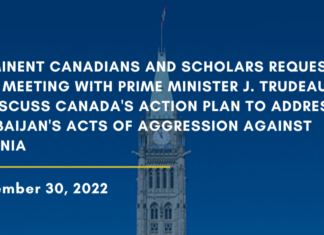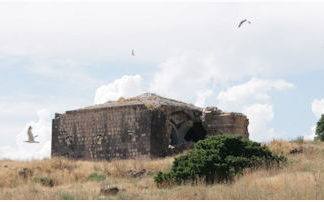By Edmond Y. Azadian
Armenia is a small country full of ancient monuments, with many Soviet-era statues dedicated to writers, composers and heroes. Many historic monuments and churches still remain in disrepair, waiting for the relevant authorities to save them from obliteration.
In view of the abundance of monuments, one would hesitate to propose another memorial. But the time has arrived to look into another dark chapter of Armenian history and erect a new memorial to the victims of the Stalin-era purges and executions.
I have always wondered how educated and erudite all tyrants have to be in order to select the best and brightest among the intellectuals for extermination. One does not need to go to the Inquisition era to find victims of intellectual terror, because even Queen Elizabeth I, during whose reign literature and art flourished in Britain, had blood on her hands since she chopped the heads and limbs of many of her contemporary writers and scholars.
Talaat Pasha seems to have been an equally “erudite” tyrant to be able to select the cream of the Armenian community in Istanbul, such as Taniel Varoujan, Krikor Zohrab, Yeroukhan, Rouben Zartarian, Ardashes Harutunian, Roupen Sevag, Komitas and another 200 prominent writers and leaders for execution.
It is ironic that Stalin himself had the same “distinction” to execute Charents, Bakunts, Totovents, Zabel Yessayan and 700 other writers, scholars, scientists and political leaders. Additionally, hundreds of thousands of other innocent people were exiled to Siberia to die of hunger and exposure.







